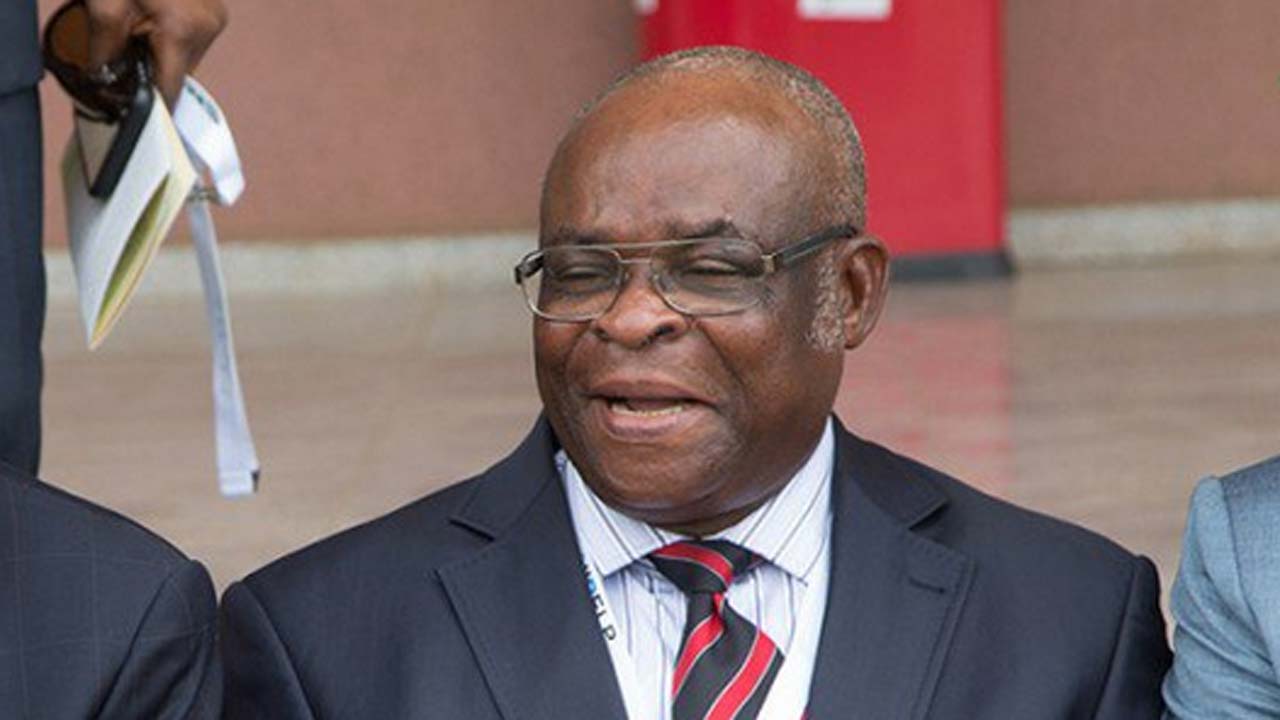The suspended Chief Justice of Nigeria (CJN) has requested Danladi Umar, chairman of the Code of Conduct Tribunal (CCT), to withdraw from his trial
Onnoghen cited Umar’s “real likelihood of bias” as the main reason to handover the case.
The ex-CJN described the CCT chairman as the “prosecutor, judge and jury who has constructively convicted” him without either hearing from the defendant or his being formally arraigned before him.
Onnoghen made the submission in a motion filed before the CCT through his lawyers, while responding to a directive by the CCT chairman, asking him to appear for trial.
Onnoghen, who is being tried on charges of alleged false assets declaration, is yet to appear before the CCT since his trial began in January..
In the motion filed before the CCT on Monday, Onnoghen stated that Umar shown acts of partisanship and “demonstrated favourable dispositions towards the respondent.”
He also described Umar as a “tainted arbiter” who is being prosecuted by the Economic and Financial Crimes Commission (EFCC) for alleged bribery.
Read also: “I was investigated for being privy to illicit transfer of funds” — Obanikoro admits
“The honourable tribunal, especially the Chairman, has constituted himself as the prosecutor and accuser of the defendant/applicant and cannot in good and clear conscience continue to be part of the proceedings and trial of the applicant,” the motion read.
“The partiality of the honourable Chairman of the tribunal is not in doubt as there are manifest cases of real likelihood of bias on the part of the Chairman of the tribunal against the applicant by reason inter alia of the disclosures above.
“The applicant has no confidence in the honourable Chairman of the tribunal to do justice fairly between parties in this case as he is a man on a mission to please his masters.”
He implored the tribunal to issue an order “directing the honourable Chairman of the tribunal, Honourable Danladi Umar to disqualify/recuse himself from further participating in the adjudication of this case on the ground of real likelihood of bias.”

